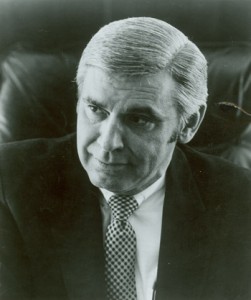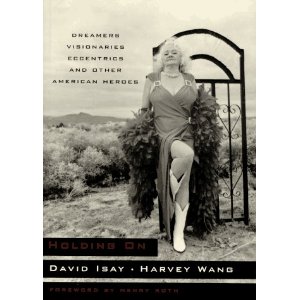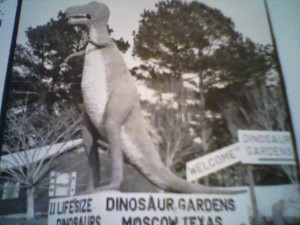Photographer Harvey Wang and radio documentarian David Isay gravitate to those people, places and things that have passed into obsolescence in our culture and capture their essence before they become obsolete. They focus a good deal of attention on NYC, a place that changes rapidly, often driven more by the lure of the dollar than the pull of history. The two collaborated with Stacy Abramson on the great 2000 book, Flophouse: Life on the Bowery, which looked at the lowly boarding houses that still stood in that famous (and infamous) neighborhood like anachronisms with bedbugs. But despite their shabby shape, these lodgings were filled with the fascinating stories of the tenants, which Wang and Isay chronicled with great care. You can listen to audio documentaries about the flophouses here. The opening copy of the book:
“From the end of the nineteenth century through the middle of the twentieth, the Bowery was the world’s most infamous skid row. Under the shadow of the elevated Third Avenue line, the sixteen-block stretch of lower Manhattan was jammed with barber schools, bars, missions, men’s clothing stores, slop joints (cheap restaurants), flophouses, and tattoo parlors. The estimates vary, but in its heyday somewhere between 25,000 and 75,000 men slept on the Bowery each night.
Today the barber colleges are all gone. Al’s, the last rummy bar on the Bowery, closed in 1993. There are no tattoo parlors, no employment agencies, no pawnshops, no burlesque houses, no secondhand stores, no El train. All that remains of the skid-row Bowery are a single mission and a handful of flops, still offering the shabbiest hotel accommodations imaginable for as little as $4.50 a night.”
More Harvey Wang and David Isay posts:
- Harvey Wang and David Isay visit the Dinosaur Gardens in Moscow, Texas.
- Harvey Wang profiles NYC seltzer bottler George Williams.
- The murder of Congressman Leo Ryan recalled on Isay’s StoryCorps site.




